This is part 3 of a comparison of he Fuji 45-100/4 on the GFX 100 with the 24-70/2.8 Nikkor S on the Z7 at 45mm, 63 mm, and 100mm for the Fuji lens, and 35mm, 50mm, and 70mm for the Nikkor. This post will look at the 70/100mm shots.
Here’s the test scene, with the 45-100/4 on a GFX 100, and set to 100 mm and f/4:
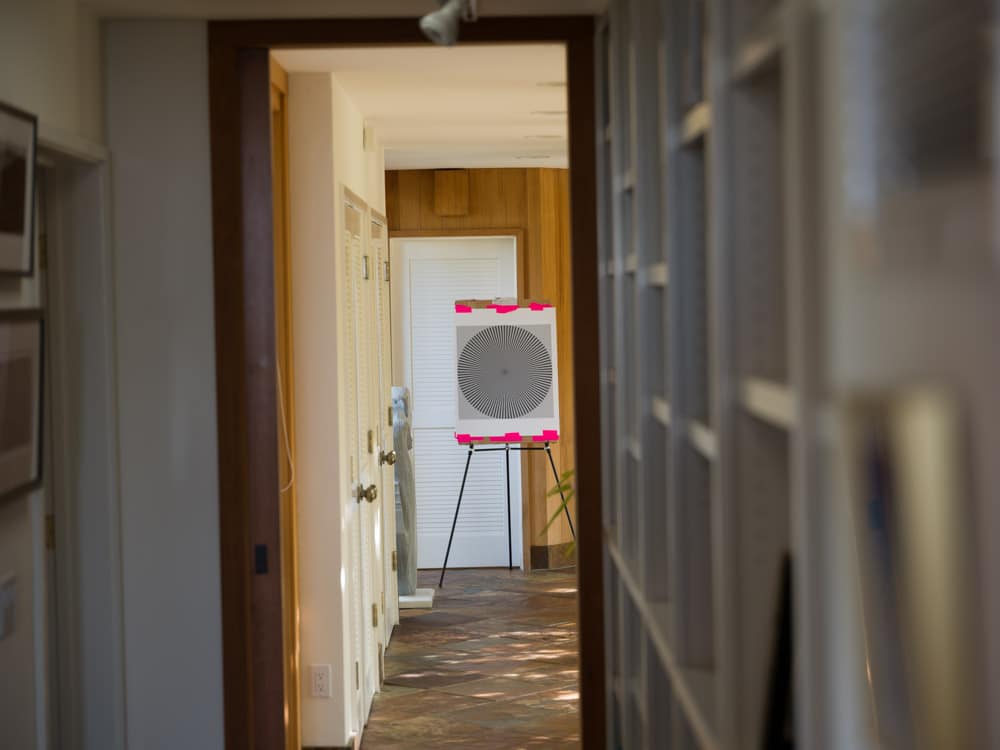
Target distance was 14 meters.
Test conditions:
- The heaviest RRS legs
- Arca Swiss C1 head
- ISO 100 for the GFX 100, and 64 for the Z7.
- Electronic shutter 1/10 at f/4, 1/5 at f/5.6, and 1/2.5 at f/8
- 2-second self-timer
- AF-S, medium spot size
- 3 sets of shots at each test condition
- Developed in Lightroom
- Picked best shot of each test condition
- Sharpening amount 20 radius 1, detail 0 (much less sharpening than the default)
- Adobe Color profile
- White balanced to grey background
We’ll look at some tight crops at about 130% magnification for the GFX 100, and enough more than that to make the angle of view the same for the two cameras.
In the center:
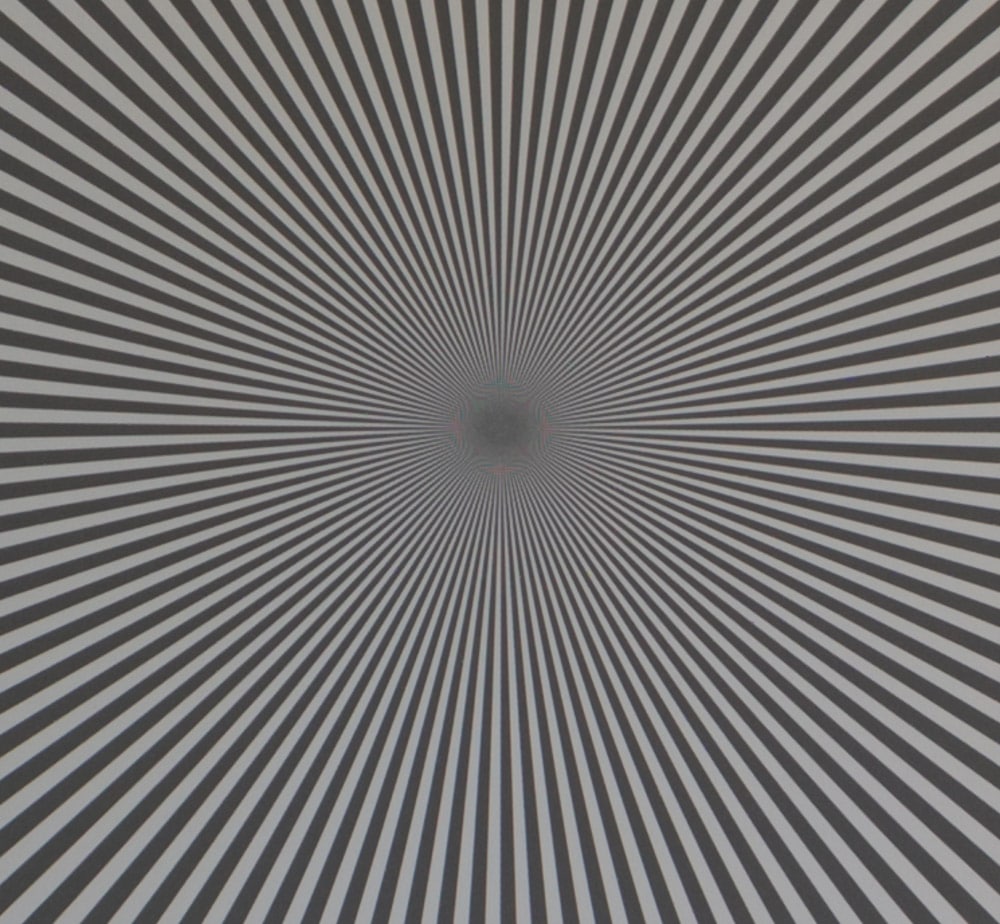
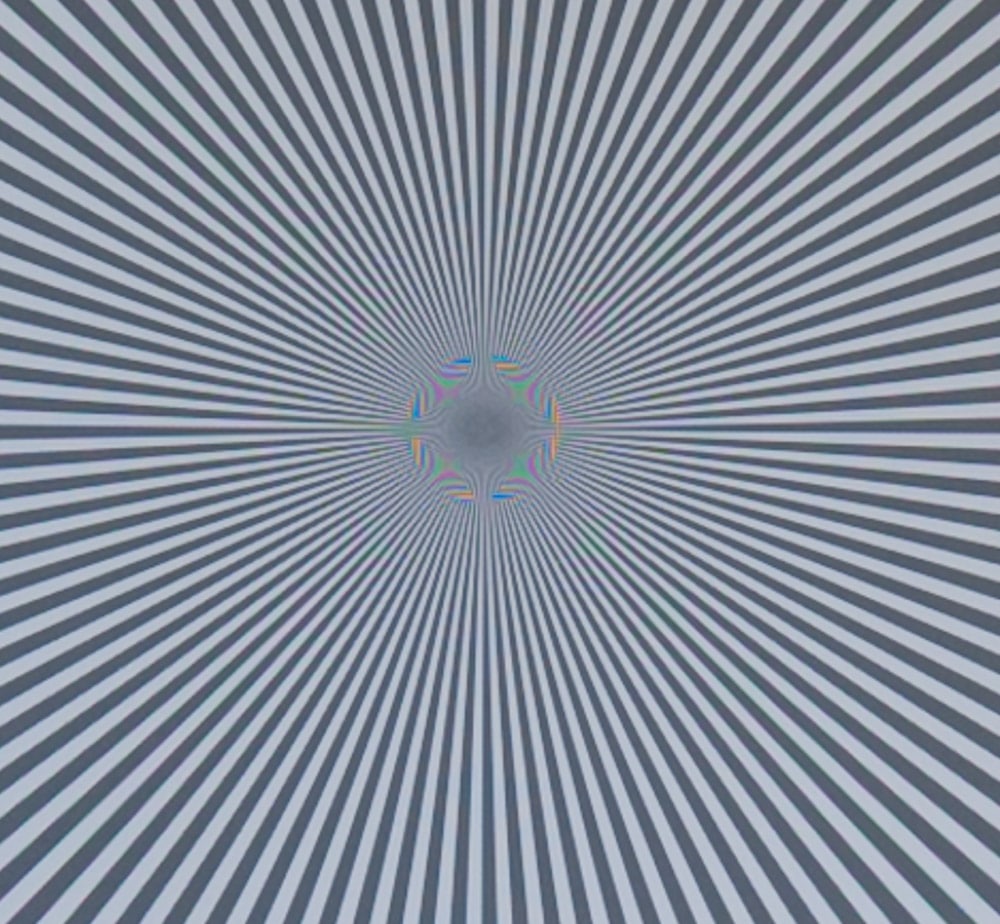
The Nikon has less resolution and more aliasing. Blame the sensor, not the lens.
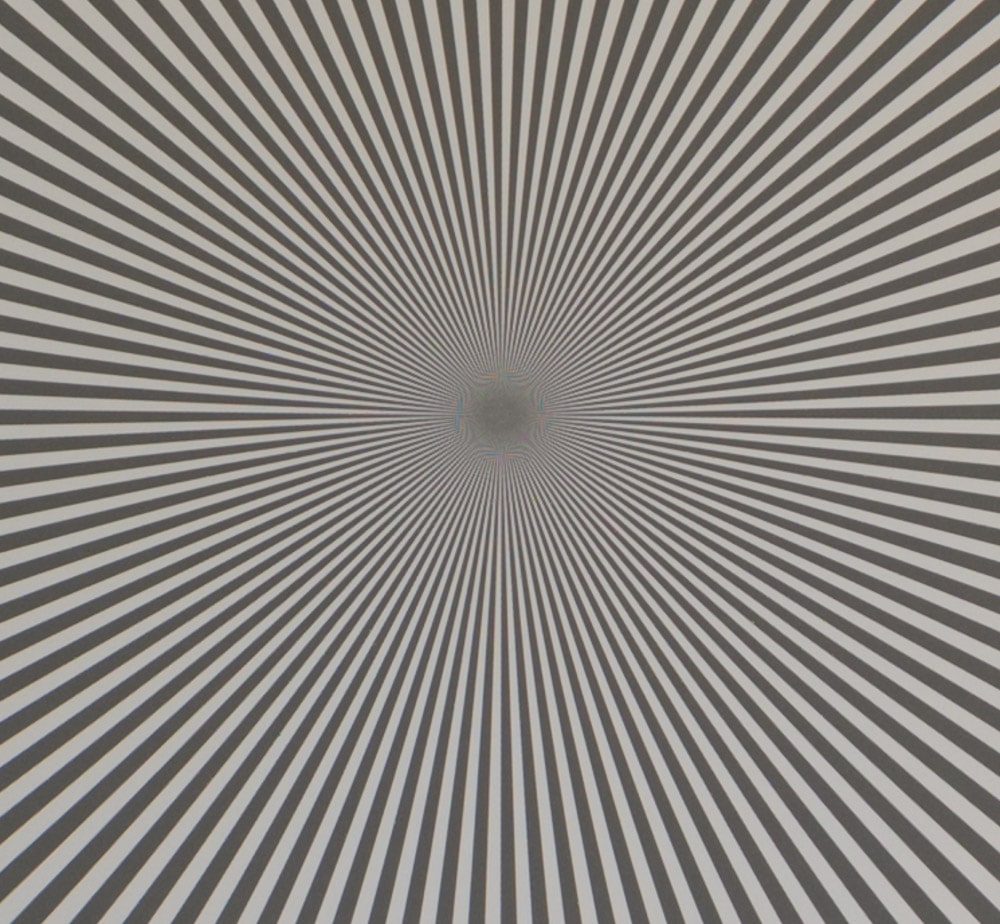
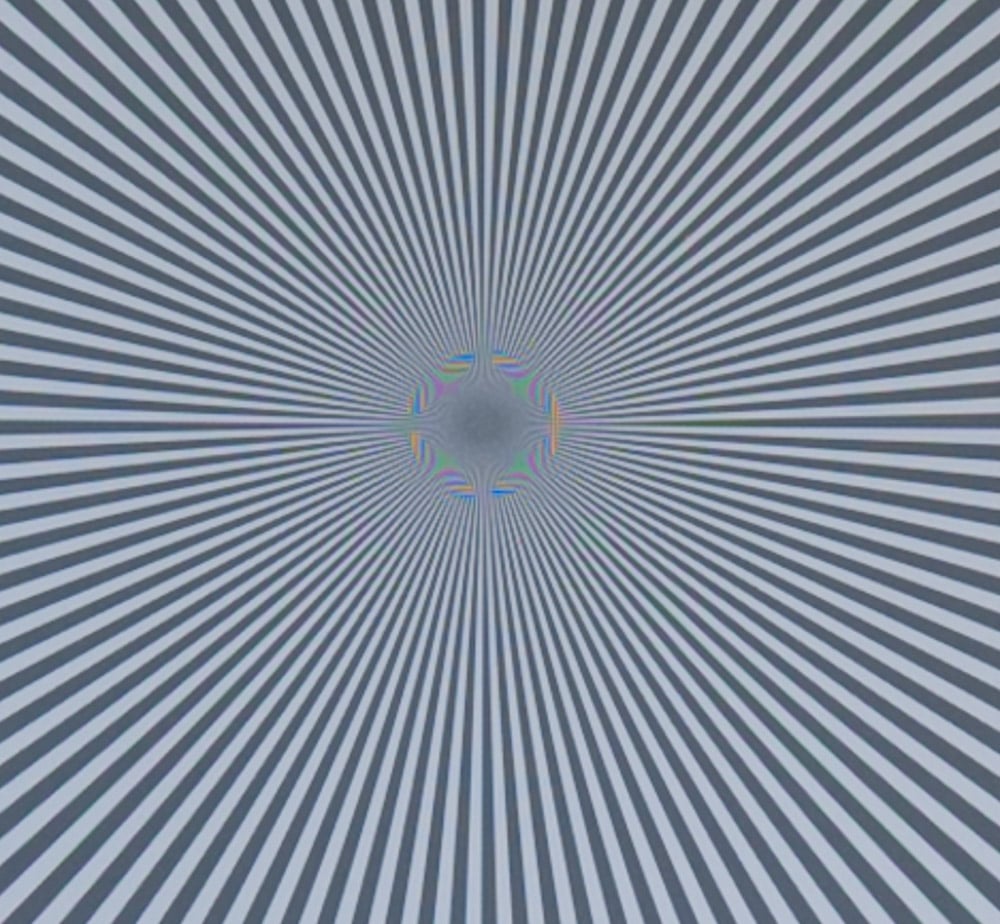
Same.
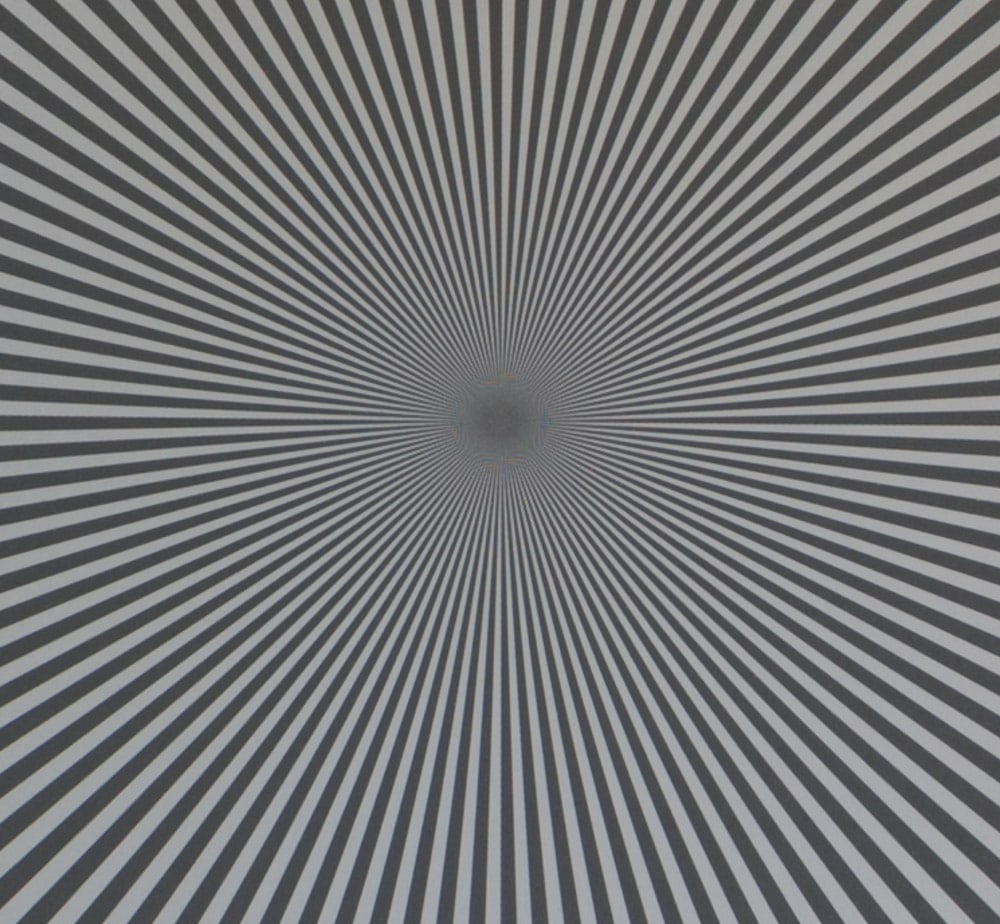
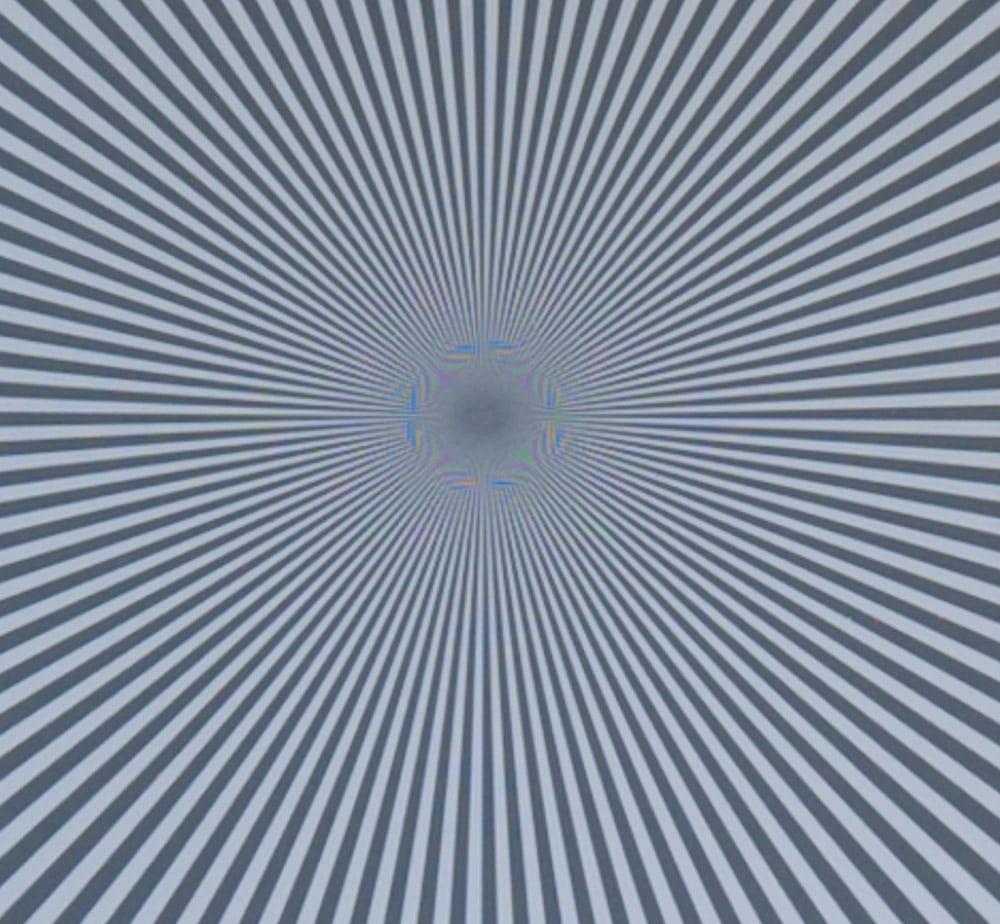
Same.
In the upper-right corner:
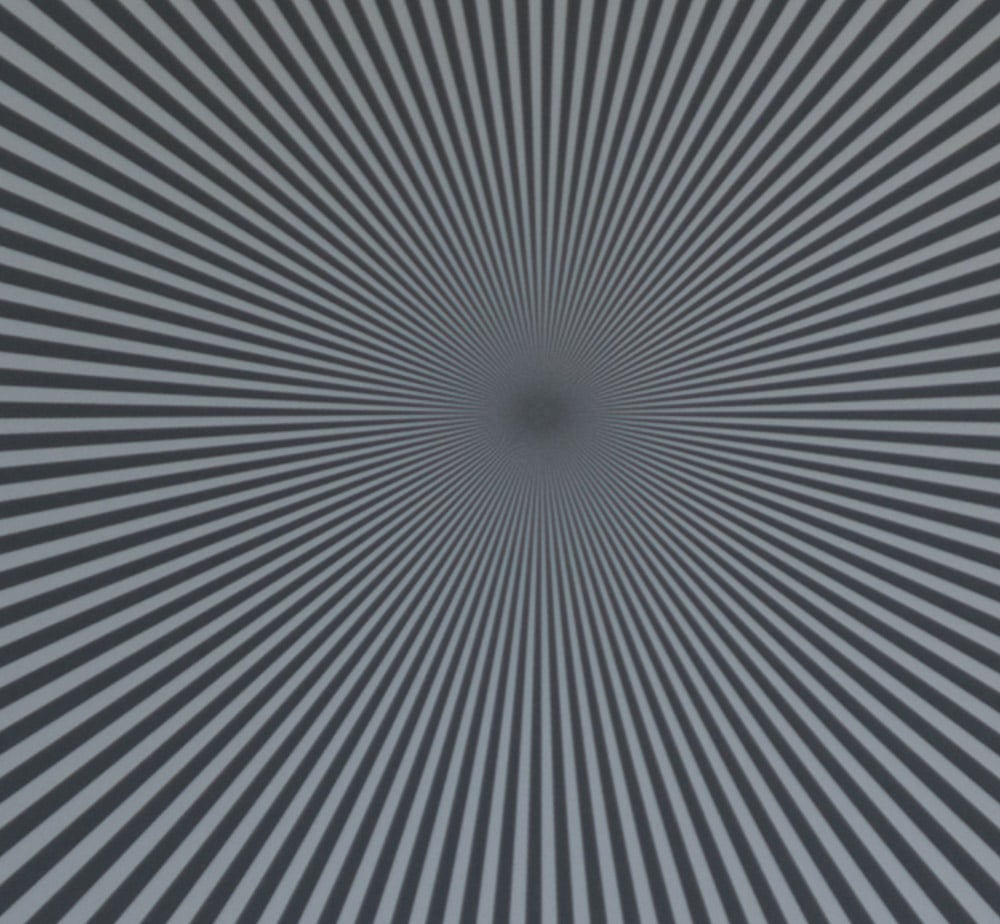
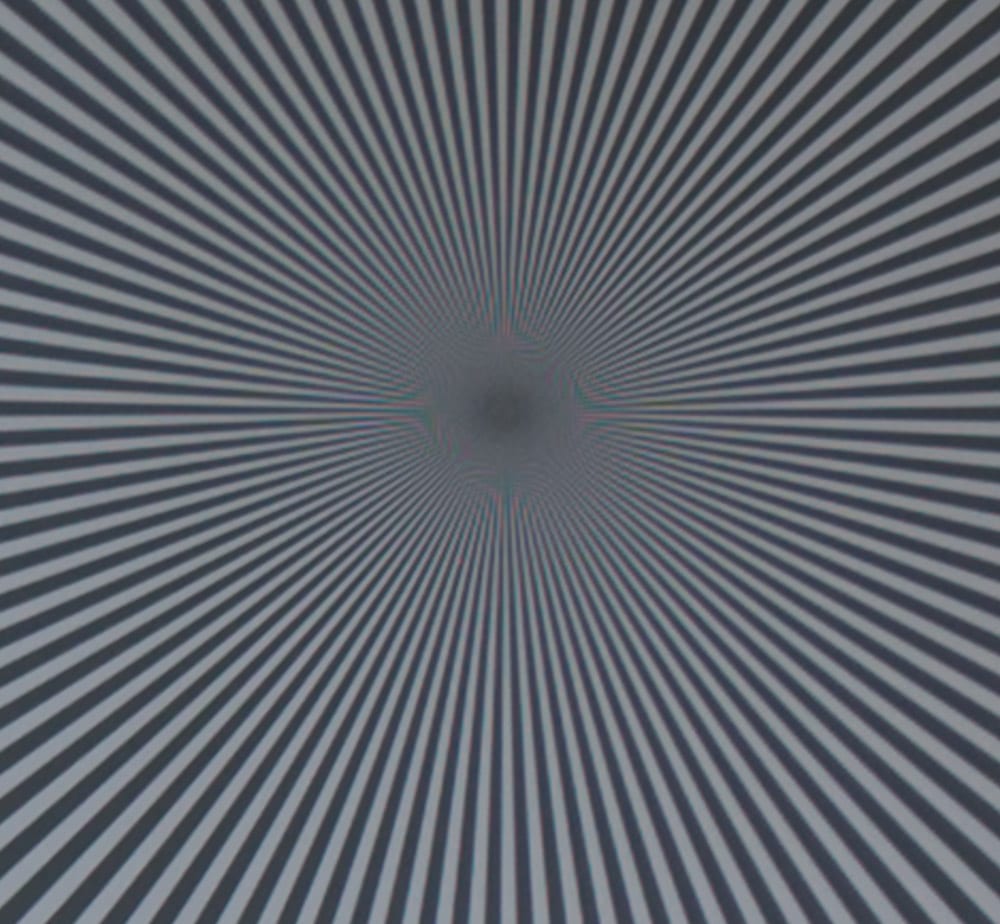
Here is the only case where the light falloff of the Fuji lens is similar to that of the Nikkor. The Fuji resolution is much better.
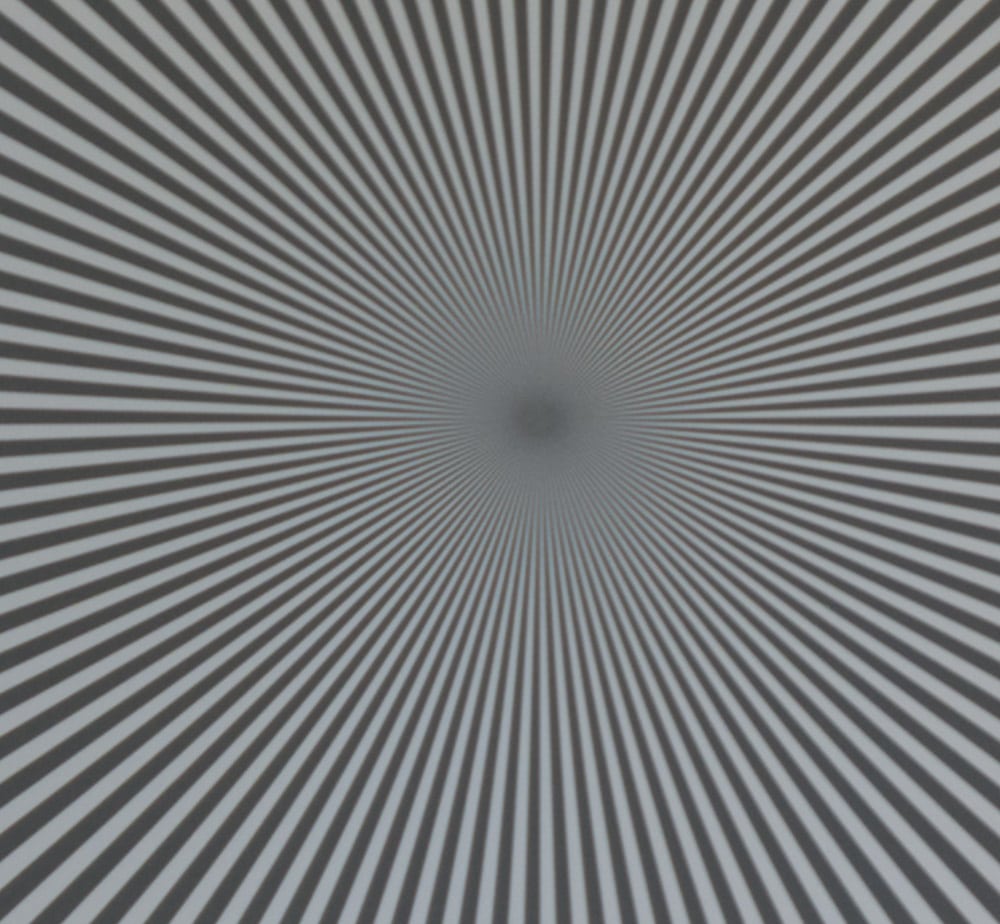
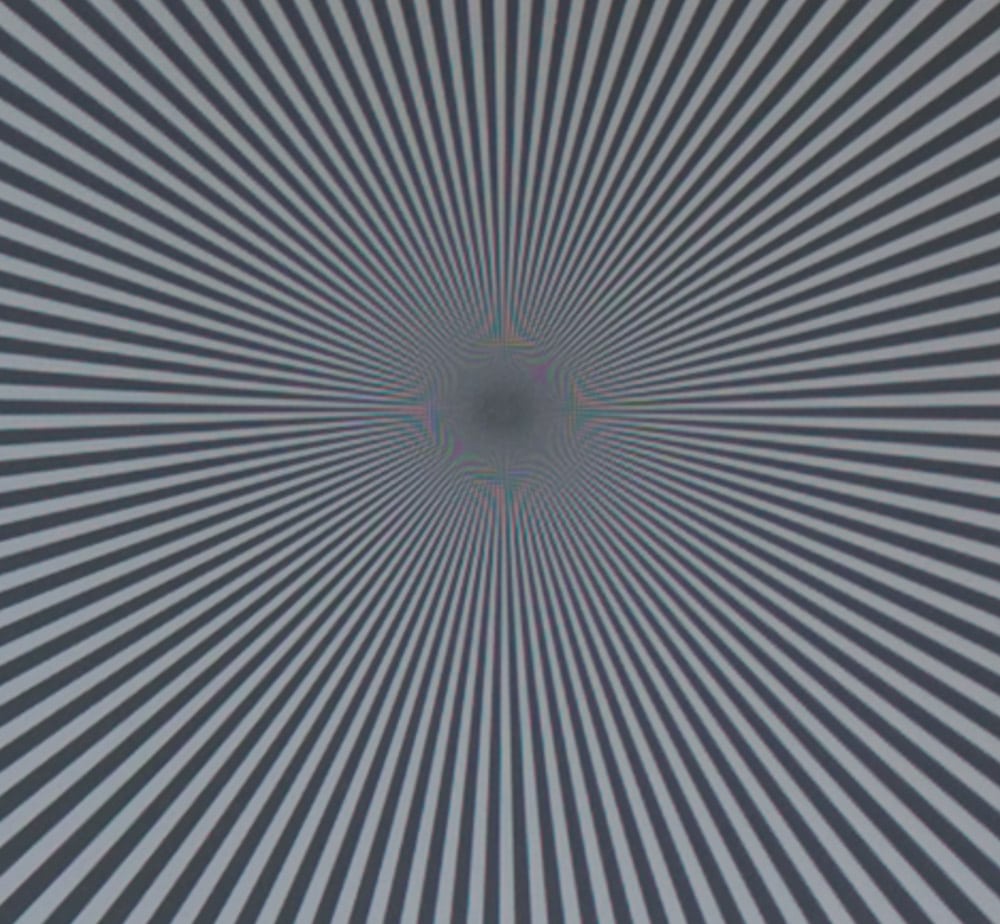
Now the Fuji has less corner falloff than the Nikkor. It looks like the Nikkor might have similar resolution if the sensor could keep up.
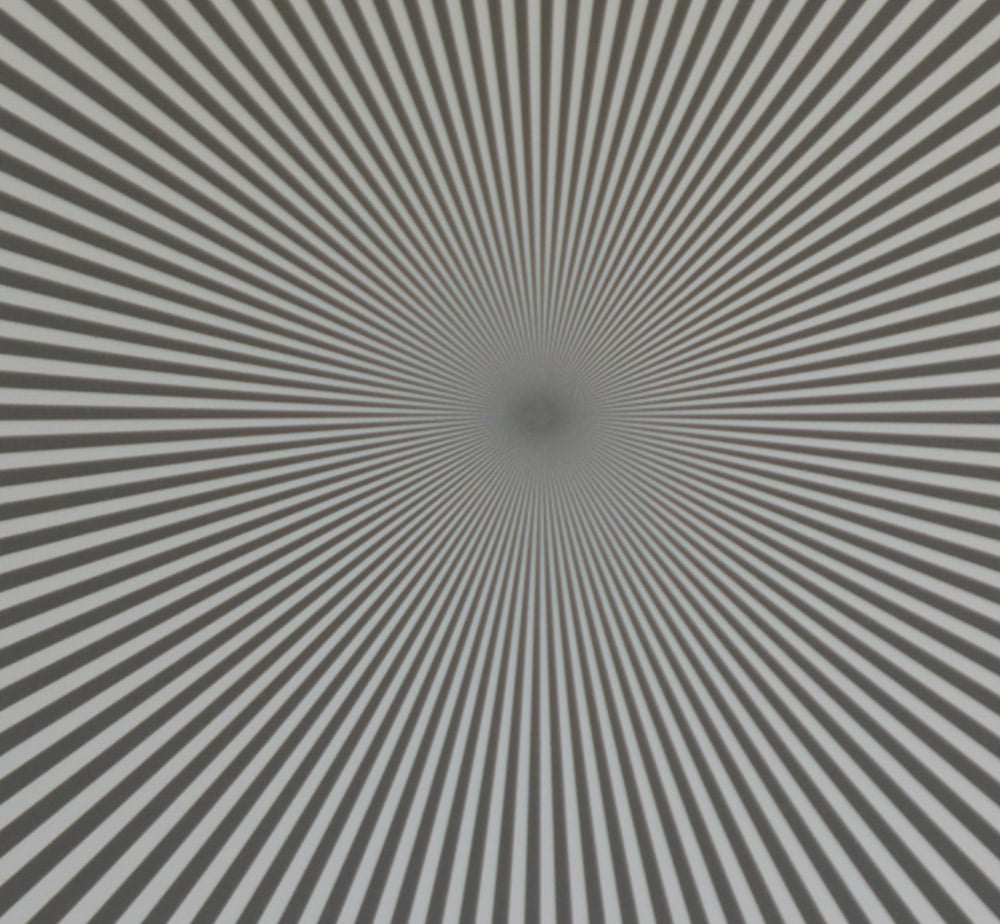
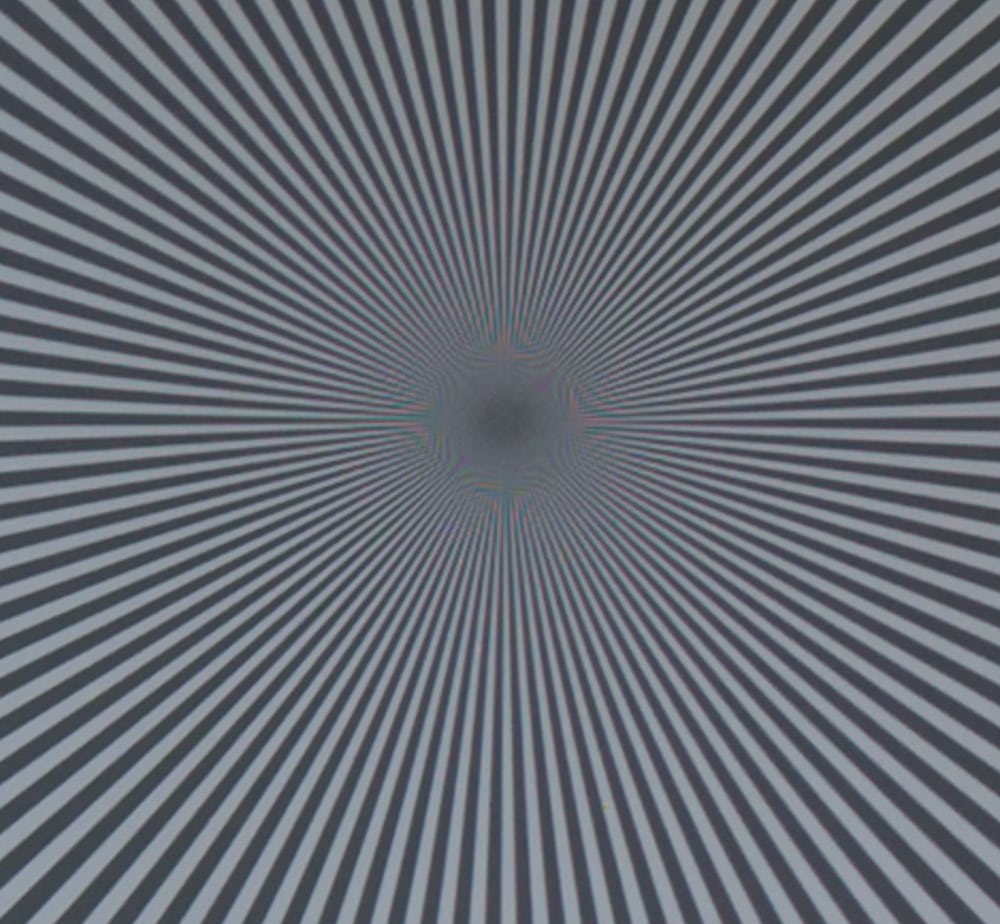
Now it looks like the Nikkor is actually sharper. However, that extra sharpness is mostly generating aliasing.
I see no reason to revise my earlier conclusions:
- The Nikon 24-70/2.8 Nikkor S is a heck of a lens that needs a 100 MP body to really shine.
- MF is once more better for even illumination.
Feel free to mix and match the f-stops if you want to look at equivalent stops.
Leave a Reply